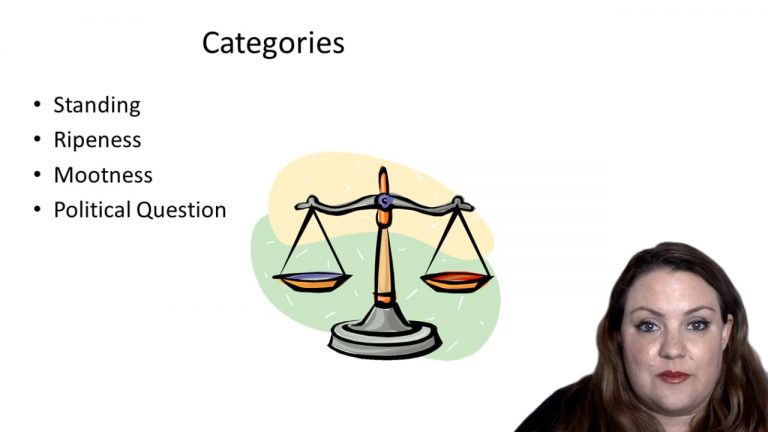SmartBrief
Confirm favorite deletion?
Criminal Law Keyed to Gershowitz
Gonzales v. Raich
Citation:
545 U.S. 1, 125 S.Ct. 2195, 162 L.Ed.2d 1.Facts
In 1996, California voters passed Proposition 215, now codified as the Compassionate Use Act of 1996. The proposition was designed to ensure that “seriously ill” residents of the State have access to marijuana for medical purposes. The Respondents are California residents who suffer from a variety of serious medical conditions and have sought to avail themselves of medical marijuana pursuant to the terms of the Compassionate Use Act. Both women have been using marijuana as a medication for several years pursuant to their doctors’ recommendation, and both rely heavily on cannabis to function on a daily basis.
On August 15, 2002, county deputy sheriffs and agents from the federal Drug Enforcement Administration (DEA) came to one of the Respondent’s home. After a thorough investigation, the county officials concluded that her use of marijuana was entirely lawful as a matter of California law. Nevertheless, after a 3-hour standoff, the federal agents seized and destroyed all six of her cannabis plants.
Respondents sought injunctive relief prohibiting the enforcement of the federal Controlled Substances Act to the extent it prevents them from possessing, obtaining, or manufacturing cannabis for their personal medical use. Respondents claimed that enforcing the Controlled Substances Act against them would violate the Commerce Clause because their activity did not involve interstate commerce. The District Court denied respondents’ motion, but the Court of Appeals for the Ninth Circuit reversed and ordered the District Court to enter a preliminary injunction.
Only StudyBuddy Pro offers the complete Case Brief Anatomy*
Access the most important case brief elements for optimal case understanding.
*Case Brief Anatomy includes: Brief Prologue, Complete Case Brief, Brief Epilogue
- The Brief Prologue provides necessary case brief introductory information and includes:
Topic:
Identifies the topic of law and where this case fits within your course outline.Parties:
Identifies the cast of characters involved in the case.Procedural Posture & History:
Shares the case history with how lower courts have ruled on the matter.Case Key Terms, Acts, Doctrines, etc.:
A case specific Legal Term Dictionary.Case Doctrines, Acts, Statutes, Amendments and Treatises:
Identifies and Defines Legal Authority used in this case.
- The Case Brief is the complete case summarized and authored in the traditional Law School I.R.A.C. format. The Pro case brief includes:
Brief Facts:
A Synopsis of the Facts of the case.Rule of Law:
Identifies the Legal Principle the Court used in deciding the case.Facts:
What are the factual circumstances that gave rise to the civil or criminal case? What is the relationship of the Parties that are involved in the case.Issue(s):
Lists the Questions of Law that are raised by the Facts of the case.Holding:
Shares the Court's answer to the legal questions raised in the issue.Concurring / Dissenting Opinions:
Includes valuable concurring or dissenting opinions and their key points.Reasoning and Analysis:
Identifies the chain of argument(s) which led the judges to rule as they did.
- The Brief Prologue closes the case brief with important forward-looking discussion and includes:
Policy:
Identifies the Policy if any that has been established by the case.Court Direction:
Shares where the Court went from here for this case.

 14m 30s
14m 30s